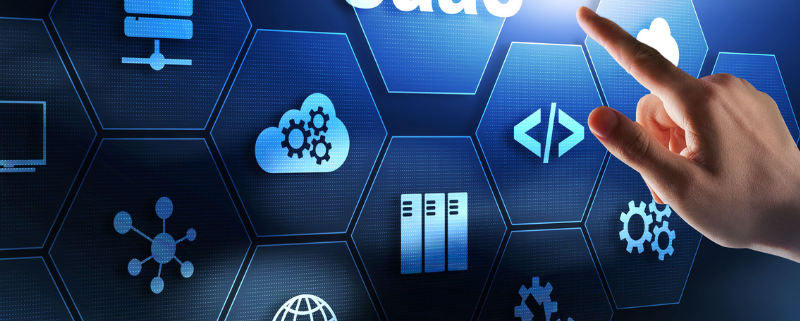What is Software as a Service (SaaS) and why do I need to know about it?
It is a question I was recently asked by a payroll manager who called me for some advice about payroll software, and it got me thinking – perhaps people are not as aware of SaaS (which stands for Software as a Service) as I thought? Subsequently, I decided to write this short blog to help others out there get to grips with what SaaS is and perhaps more importantly, why I think everyone needs to know about it.
Software as a service (SaaS) primarily refers to cloud-based applications offered via a software distribution model whereby a third party hosts the applications and provides them to customers online. Logging in via a web interface, such as Internet Explorer, Google Chrome, Safari or Firefox or another similar internet browser makes them extremely accessible. Recently, these types of software have been made increasingly available through mobile devices too. Software as a service (SaaS) means that as well as accessing data in this way via software, the data itself is hosted elsewhere.
Ultimately, companies save money by renting software instead of purchasing it. Subsequently, instead of your company investing in a server where the information is stored, with SaaS, the data will usually be stored centrally by the third-party offering the cloud-based service. Software as a service provides many significant benefits for organisations, and much enterprise software is now in fact delivered in this way, leading to time and budget savings for companies that adopt these types of solutions.
Advantages and reducing Capital Expenditure
You need to know as the benefits that can be brought about through adopting software as a service (SaaS) solutions can be highly advantageous for businesses and payroll operations of all sizes. One significant benefit is cost and time savings. In the past, IT departments would manage the servers that host the applications that employees access and that store the data the employees save. With software as a service, this is unnecessary, as the third-party provider takes care of all of this. This means that less staff are needed to administer and manage servers and data – which in the past could have been very time-consuming. For example, each time a software update or IT maintenance is required, previously the provider would have had to coordinate with your IT team, and your team would have been involved in making the changes and upgrades. However, with SaaS, the provider will manage these changes on your behalf. It also means that fewer servers are required by the organisation making storage more secure and the cost of storing it, more efficient. Servers can be particularly costly, so utilising SaaS can be a great way of reducing IT capital expenditure. Also, SaaS applications are unlikely to require the upfront costs associated with traditional software implementations because all you need is a login and an internet connection to install them. These server, maintenance, upgrade, and implementation savings make SaaS applications a very attractive proposition.
Affordability and Flexibility
Software as a service also makes software much more affordable for companies allowing many businesses to access software that they just would not have had the financial resources to obtain in the past. Traditionally, the software has been sold by licences that are then associated with specific users or computers in an office. However, due to the way that the data is stored centrally, both hardware and software licence costs can now be much lower, making this a much more affordable option for business users. Another benefit from a cost perspective is that SaaS business models typically offer applications on a “pay as you go” model. Subsequently, companies pay for what they use, rather than paying for exclusively dedicated and expensive servers rarely utilised to their full capacity. This pay-as-you-go approach provides incredible flexibility and options for companies because it means they can scale up and down, depending on business needs at any given time.
Mobility and Accessibility
Software as a service is increasingly becoming more mobile as well (i.e. software of this type is now frequently accessed via smartphones). Many companies have developed their SaaS offerings into versions that are specifically designed to work on mobile devices, rather than merely making their website available on the mobile device. The result is it makes them significantly more user-friendly for mobile adopters. This mobile advantage means that SaaS solutions can be accessible via smartphones to access anytime and in any location, provided that there is internet availability. The result is that employees can access the systems they need remotely, such as when they are home, out in the field or with clients. It also provides opportunities for more flexible working for employees. Considering the number of hours payroll or HR professional work beyond 5:30 pm; it is easy to see why the prospect of implementing SaaS solutions can be exciting to payroll and HR managers alike.
Integration
Another critical benefit of software as a service (SaaS) applications is the fact that in many cases these can easily be integrated with existing or new SaaS applications. The net result is that SaaS solutions make it easier for businesses to link up one system with another, passing data between them without causing major headaches for your IT team or indeed between HR, Payroll and Financial functions.
Drawbacks
Like anything new, there are some drawbacks to SaaS applications. One is a potential loss of control (traditionally the responsibility of your IT department) is now managed by the third-party SaaS provider. Another is connectivity issues or requirements. Since SaaS software is web-hosted, applications will not work if there is a problem with your Internet connection. Similarly, applications may also be slower than in-house server applications if your internet is slow or if servers hosted by the third-party provider are located on the other side of the world. Some applications may also be limited regarding function and features, so it is essential that the SaaS solution you are considering does offer you the features you need to run your payroll or HR function efficiently.
Conclusion
Ultimately, you’re probably already using SaaS without even knowing it, but if not, as you can see, you probably should be. Software as a service has tremendous benefits for business and can save a lot of human resources, time and money, as well as a great deal of hassle. Let’s be honest; payroll departments are stretched enough already so if SaaS can help reduce stress within your payroll department, then looking into Software as a Service for your business today could prove extremely worthwhile.
This article was written by Nick Day, CEO of JGA Recruitment – the leading Payroll, HR & Reward Recruitment Specialists.
Nick Day | CEO
JGA Recruitment Group
Payroll, HR & Reward Specialist Recruiters
Email: [email protected]
Tel: 01727 800 377




